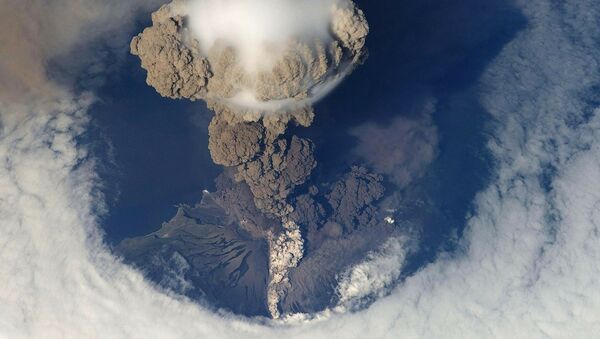The new petit-spot volcano was discovered by a research team led by associate professor Naoto Hirano of the university’s Center for Northeast Asian Studies. The volcano is believed to have erupted less than 3 million years ago after the Pacific Plate subducted into the mantle of the Mariana Trench, an ocean trench located in the western Pacific Ocean. Subduction is a geological process in which the edges of a plate move sideways and downward into the Earth’s crust into the mantle beneath another plate.
— Tohoku University (@TohokuUniPR) December 4, 2019
According to Phys.org, petit-spot volcanoes are small and young volcanoes “that come about along fissures from the base of tectonic plates.” As tectonic plates sink down into the Earth’s mantle over time, additional fissures are formed where the plates bend.
This process eventually creates a small volcano in which the upper layer of the Earth’s mantle (known as the asthenosphere) melts and molten rock known as magma squeezes out of the fissures. These volcanoes are called “petit spots” because they produce less magma and heat than do hotspot volcanoes. According to Oregon State University, hotspots “are places within the mantle where rocks melt to generate magma.” The first petit-spot volcano was discovered near the Japan Trench off northeast Japan in 2006.
The research team suspected that there might be a small volcano located in the area after looking into bathymetric data collected by the Japan Coast Guard. Bathymetry is the study of depth of lakes or ocean floors. The researchers also analyzed rock samples retrieved by the Shinkai 6500, a “manned submersible that can dive to depths of 6,500 meters.”
"The discovery of this new Volcano provides [an] exciting opportunity for us to explore this area further, and hopefully reveal further petit-spot volcano," lead researcher Hirano is quoted as saying.
"This will tell us more about the true nature of the asthenosphere,” he added.
The researchers are planning on further examining the site to determine if the volcano is part of a cluster.




